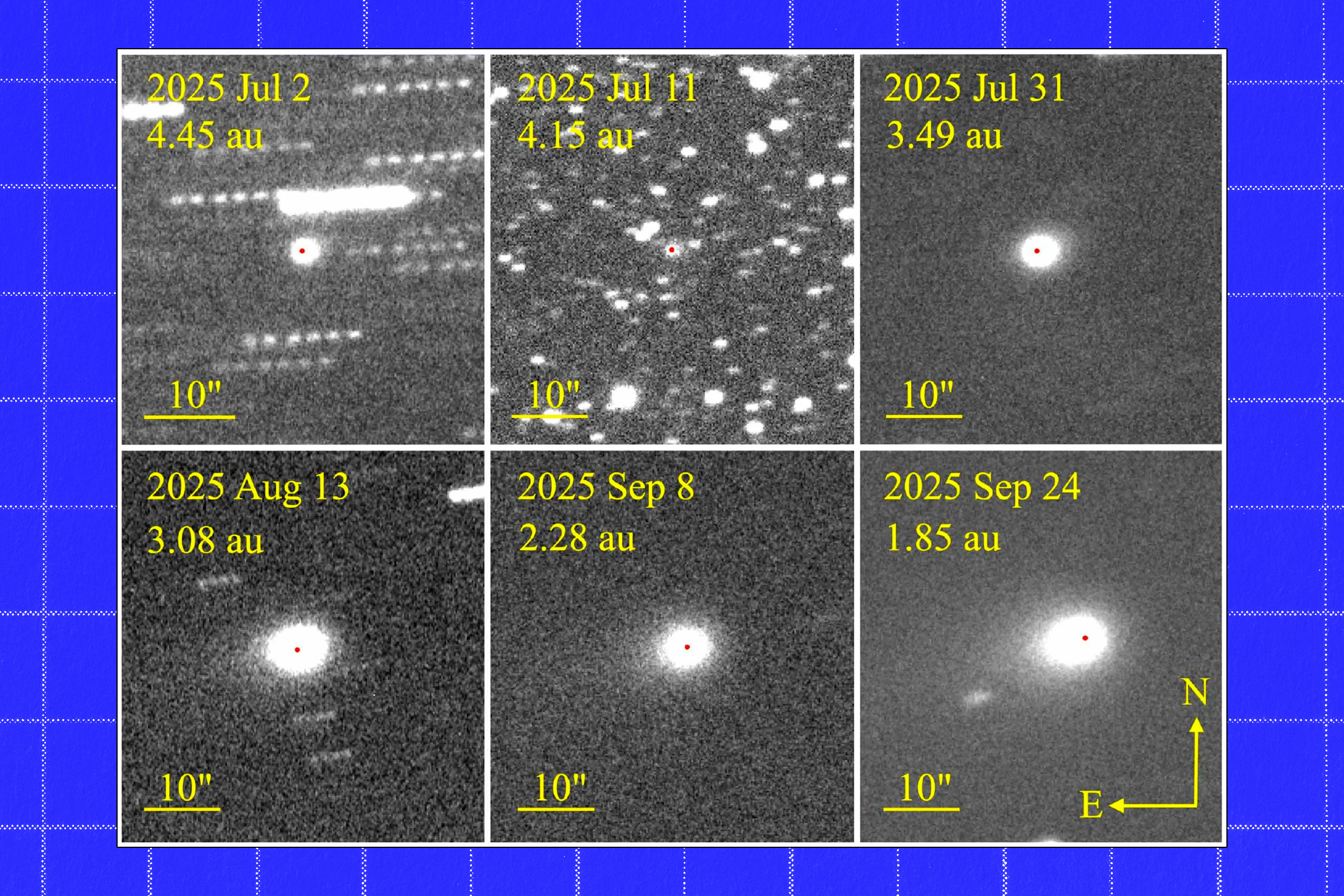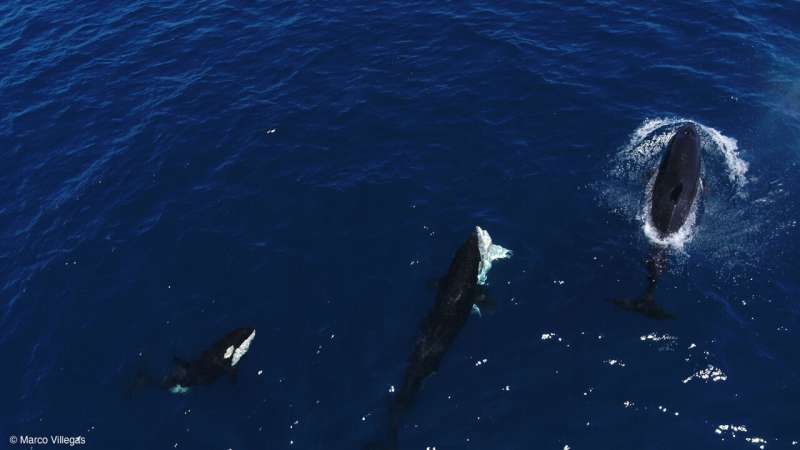An intriguing interstellar object known as 3I-ATLAS may be changing its trajectory as it approaches the Sun, according to recent findings by astronomers. First detected in early July, this object is the third confirmed interstellar visitor to our solar system and has sparked significant interest within the astronomical community. While many scientists classify it as an interstellar comet, some, including renowned astrophysicist Avi Loeb from Harvard University, propose that it could be an artifact from an alien civilization.
Currently located behind the Sun, 3I-ATLAS will remain obscured from Earth until mid-December. This month-long period of invisibility has prompted speculation from researchers about the object’s behavior. Recent observations from the Nordic Optical Telescope in the Canary Islands have revealed unexpected changes in the object’s tail, suggesting it may have developed an “anti-tail.”
Understanding the Anti-Tail Phenomenon
The phenomenon of an anti-tail occurs when a comet approaches the Sun, causing its debris trail to appear to flip due to our vantage point in space. This optical illusion can be influenced by the gravitational pull of the Sun and the relative motion of the observer. While this explanation is widely accepted among astronomers, Avi Loeb offers a more controversial interpretation.
In his latest blog post, Loeb speculates that the anti-tail could indicate that 3I-ATLAS is not merely a natural object but rather a controlled spacecraft employing “braking thrust.” He suggests that if this object is indeed an alien craft attempting to slow down, the observed transition from an anti-tail to a tail would be expected as it approaches perihelion, the point in its orbit closest to the Sun.
Loeb’s hypothesis draws on ideas shared by his colleague Adam Hibberd at the Institute for Interstellar Studies. They propose that such a maneuver could signify an intention to enter a stable orbit within our solar system, potentially between the orbits of Mars and Jupiter.
Awaiting Clarity on 3I-ATLAS
The scientific community remains divided on the implications of Loeb’s assertions. While many astronomers are skeptical of the idea that an alien craft is visiting our solar system, the data from the Nordic Optical Telescope has undoubtedly rekindled interest in the object.
As the object is not expected to reappear until December 19, 2023, researchers will be closely monitoring its trajectory to determine if it has indeed altered course or if it continues on its path as a typical interstellar object. The results could provide crucial insights into the nature of 3I-ATLAS and the broader implications for understanding interstellar objects and potential extraterrestrial life.
The debate surrounding 3I-ATLAS highlights the dynamic nature of astronomical research, where every new observation has the potential to reshape our understanding of the universe. The findings from this object could either reaffirm its classification as a comet or open new avenues for exploring the possibility of advanced extraterrestrial technology.







